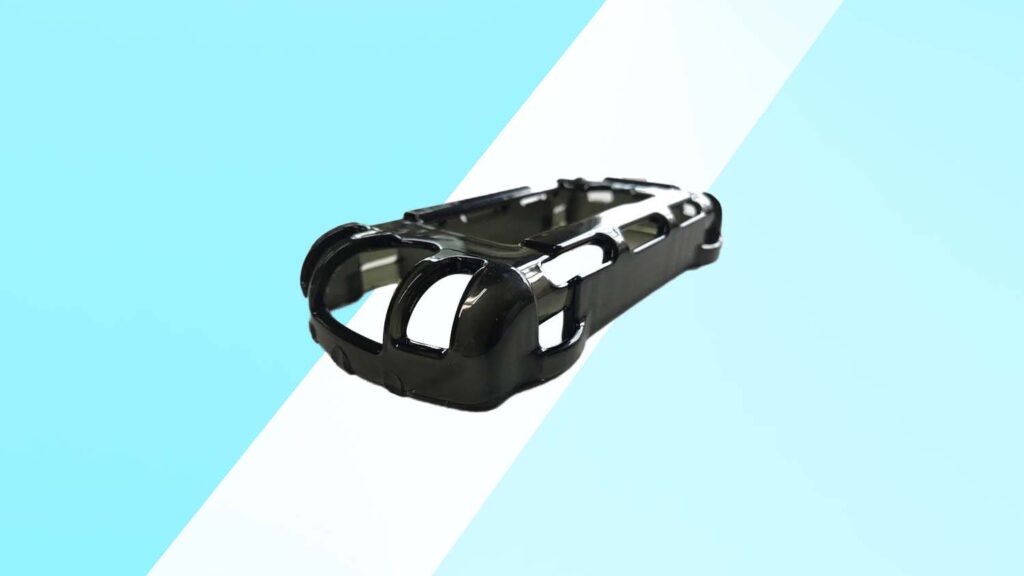Essentium has announced it is to acquire Collider, a start-up that has created a system that combines DLP 3D printing with common injection moulding materials, which it calls ‘Programmable Tooling’.
The hybrid plastic casting method – which sees a thin 3D printed photopolymer shell produced in a water soluble material on Collider’s Orchid system. The part in then injected with a thermoset material in the same machine, before the tooling can be simple dissolved, leaving the end use part.
Collider states that the 3D printing technology unlocks a vast array of high-performance thermosetting polymers and composites including polyurethanes, silicones, epoxies, polyesters, foamed resins, carbon fibre composites, as well as sintered metals and ceramics, with one machine.
Structural integrity is listed as being ‘on par’ with injection moulding processes and can create high detail aesthetic surfaces, enabling manufacturers to speed up the design process and obtain parts in a few hours rather than weeks.
Essentium CTO Jeffrey Lumetta said of the acquisition: “Collider has a lot to bring to the table. Their innovative method of bringing together proven technologies to create high-value use cases has already proven their industry value.
“We see significant opportunities in tooling for low volumes of parts and the ability to manufacture geometrically complex, custom parts on-demand and quickly.”
Lumetta added that Essentium’s first entrance into photopolymer 3D printing technologies will continue to expand, especially when combined with its existing material science capabilities.
Collider CEO Graham Bredemeyer will join the Essentium team as the Director of the Photopolymer Group, and said that the move offers hugely exciting potential for the industry as manufacturers want a more agile future enabled by AM.
“As part of Essentium we can open up 3D printing to off-the-shelf materials, fundamentally changing hardware development. Collider’s technology fuels the next wave of AM innovation by enabling mass customization and rapid product innovation,” he concluded.






